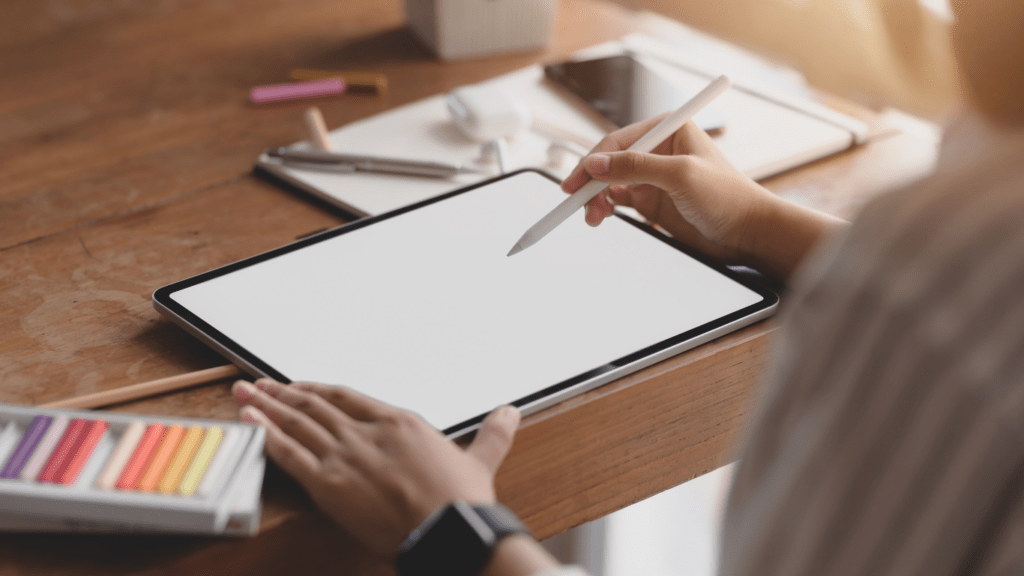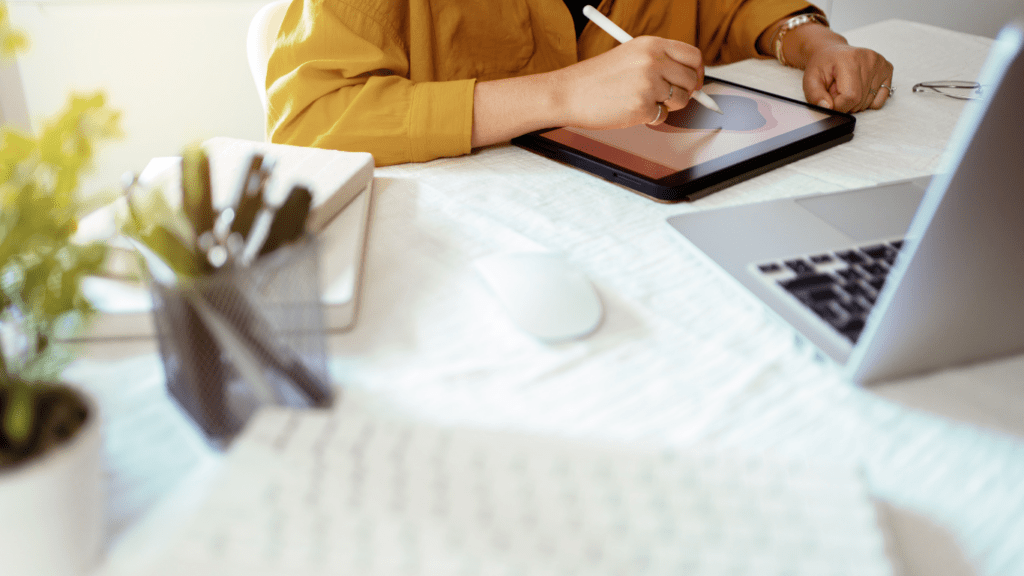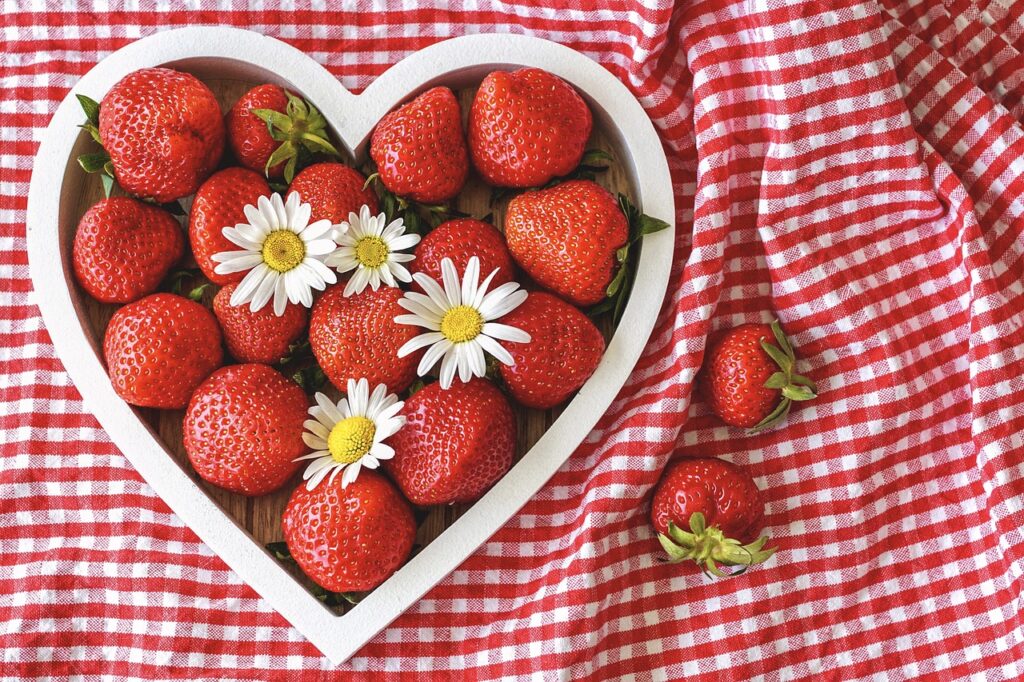Embarking on the creative journey of crafting a mixed media art journal is a thrilling and expressive endeavor. As an artist, I’ve discovered the joy of blending various mediums to capture my thoughts and emotions on paper. In this article, I’ll guide you through the steps to unleash your artistic flair and create a personalized mixed media art journal that truly reflects your unique style.
Exploring the world of mixed media art journaling allows for endless possibilities, where paint, collage, sketches, and more come together to form a visually captivating narrative. With my experience in this creative realm, I’ll share valuable tips and techniques to inspire you to start your own mixed media art journal. Let’s dive into the realm of artistic exploration and discover the magic of combining different elements to create a one-of-a-kind visual masterpiece.
Understanding Mixed Media Art Journals
What Is a Mixed Media Art Journal?
A mixed media art journal is a creative platform where I combine various artistic techniques and materials to express my thoughts and emotions. It’s a visual diary that allows me to experiment with paints, inks, papers, textures, and more to create unique and multidimensional artworks.
Benefits of Keeping a Mixed Media Art Journal
Keeping a mixed media art journal is not just about creating art; it’s a therapeutic and introspective practice that helps me explore my creativity in a versatile way. It allows me to play with different mediums, textures, and styles, fostering artistic growth and experimentation.
Essential Supplies for Mixed Media Art Journals
Creating stunning mixed media art journals requires the right tools and materials. Here are the essential supplies you’ll need to unleash your creativity:
Choosing the Right Journal
When selecting a journal for your mixed media art, opt for one with thick pages to withstand various mediums without excessive bleed-through. Look for a mixed media or watercolor journal that offers the versatility to experiment with paints, inks, and collage elements. My go-to choice is a journal with a sturdy cover to provide a stable surface for creating intricate mixed media compositions.
Must-Have Art Supplies
To bring your artistic vision to life, ensure you have these must-have art supplies in your toolkit:
- Acrylic Paints: Essential for adding vibrant colors to your art journal pages.
- Watercolor Set: Ideal for creating translucent washes and ethereal effects.
- Ink Pads: Perfect for stamping, stenciling, and adding intricate details.
- Gel Medium: Use it for adhesive purposes and creating layered textures.
- Variety of Brushes: Including detail brushes, flat brushes, and fan brushes for different techniques.
- Stencils: Great for adding patterns, textures, and shapes to your mixed media projects.
- Collage Papers: Incorporate different papers like tissue paper, book pages, and handmade prints for depth.
- Markers and Pens: Utilize various pens and markers for adding fine details and writing in your journal.
- Palette Knife: Essential for mixing paints, applying texture pastes, and creating unique effects.
- Gesso: Use as a primer to prepare your journal pages for painting and mixed media techniques.
Step-by-Step Guide to Creating Your Art Journal
Creating an art journal is an exciting journey that allows me to unleash my creativity and express my thoughts and emotions visually. In this step-by-step guide, I’ll walk you through the process of creating your own mixed media art journal, starting from planning your layout to mastering techniques for layering and texturing.
Planning Your Layout
When planning the layout of your art journal, I like to start by sketching a rough outline of how I want each page to look. I divide the pages into sections for different elements like sketches, quotes, or collages. This helps me visualize the overall composition before diving into the details.
To add a cohesive flow to my journal, I often choose a color scheme or theme for each spread. This could be based on my mood, a specific topic, or simply colors that inspire me. By planning ahead, I can create a harmonious visual narrative throughout the journal.
Techniques for Layering and Texturing
Layering and texturing are essential techniques in mixed media art journaling that add depth and interest to your pages. I like to start by creating a base layer using acrylic paints or watercolors. This sets the foundation for the rest of the elements I’ll add.
To create textures, I use various tools and materials such as stencils, collage papers, and gel medium. Stencils help me add intricate patterns, while collage papers provide different textures and dimensions. Gel medium is useful for adhering elements and creating a glossy finish.
Experimenting with different layering techniques, such as stamping, masking, or blending colors, allows me to create visually captivating pages. Don’t be afraid to mix and match materials to achieve unique effects and make your art journal truly one-of-a-kind.
Personalizing Your Mixed Media Art Journal
Personalizing my mixed media art journal is a crucial step in creating unique and meaningful artistic expressions. Incorporating personal items and ephemera adds a touch of individuality and nostalgia to each page, making the journal a personal reflection of my life experiences and memories.
Incorporating Personal Items and Ephemera
In my mixed media art journal, I love adding personal items like vintage postcards, tickets from memorable events, and dried flowers from special occasions. These items not only bring a personal touch to my artwork but also evoke emotional connections and storytelling within the journal pages. By incorporating ephemera collected over time, I infuse each spread with history and personal significance, creating a visual diary of my life.
Using Photos and Collage Techniques
Photographs are powerful elements in my mixed media art journal, allowing me to capture moments in time and incorporate them seamlessly into my artwork. Whether it’s family photos, travel snapshots, or images from magazines, integrating photographs adds depth and narrative to my journal pages. Through collage techniques, I blend photos with other materials like textured papers, fabric scraps, and magazine cutouts to create visually dynamic compositions that tell intricate stories within each art journal spread.
Inspiration and Ideas for Your Art Journal
When it comes to finding inspiration for your art journal, the possibilities are endless. Here are some tips to spark your creativity and infuse new ideas into your mixed media art journal:
Theme Ideas for Beginners
As a beginner venturing into the world of mixed media art journaling, choosing a theme can provide you with a structured starting point for your creative exploration. Here are some theme ideas to kickstart your art journaling journey:
- Nature-inspired: Embrace the beauty of the natural world by incorporating elements like leaves, flowers, or landscapes into your art journal pages.
- Color themes: Explore the emotional impact of colors by focusing on different color schemes or color combinations in your artwork.
- Self-reflection: Use your art journal as a platform for self-expression and introspection by creating pages that reflect your inner thoughts and emotions.
Advanced Techniques for Experienced Artists
For experienced artists looking to elevate their mixed media art journaling practice, incorporating advanced techniques can add depth and complexity to your creations. Here are some advanced techniques to experiment with:
- Resist techniques: Explore the art of resist techniques using materials like wax, masking fluid, or embossing powder to create intricate patterns and textures on your journal pages.
- Image transfers: Add visual interest to your art journal by mastering image transfer techniques using gel medium or transfer paper to incorporate photographs or printed images seamlessly into your artwork.
- Mixed media layering: Experiment with layering different mediums such as paints, inks, collage elements, and textures to create visually rich and dynamic compositions in your art journal.
By exploring these theme ideas and advanced techniques, you can enhance your creativity and push the boundaries of your mixed media art journaling practice, creating unique and expressive artworks that resonate with your artistic vision.



